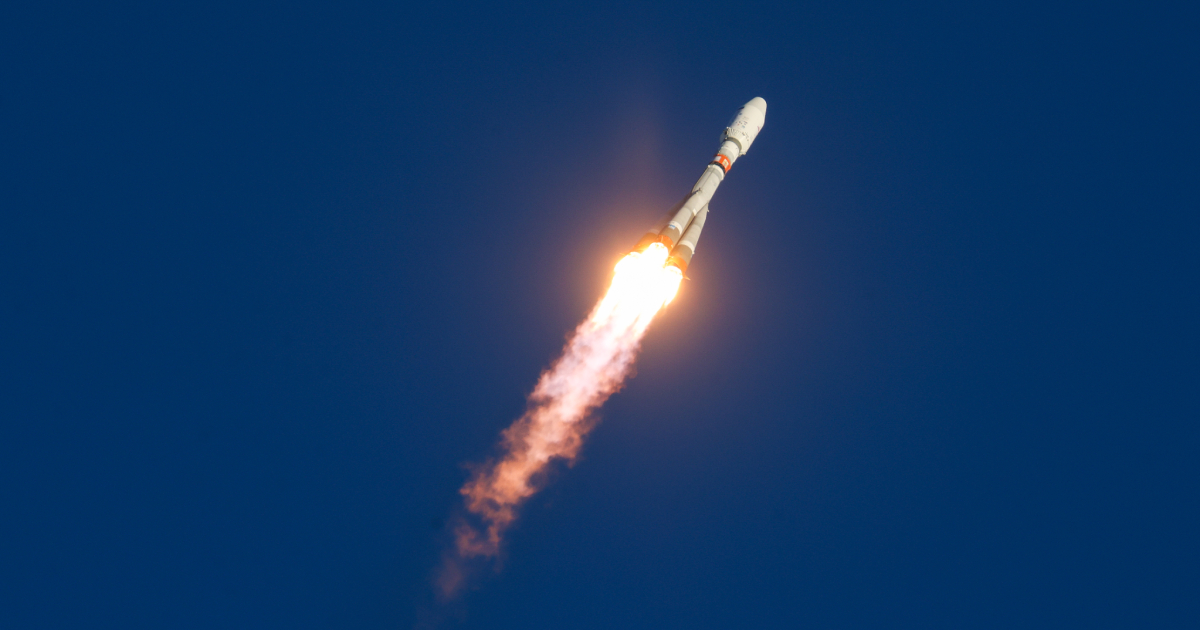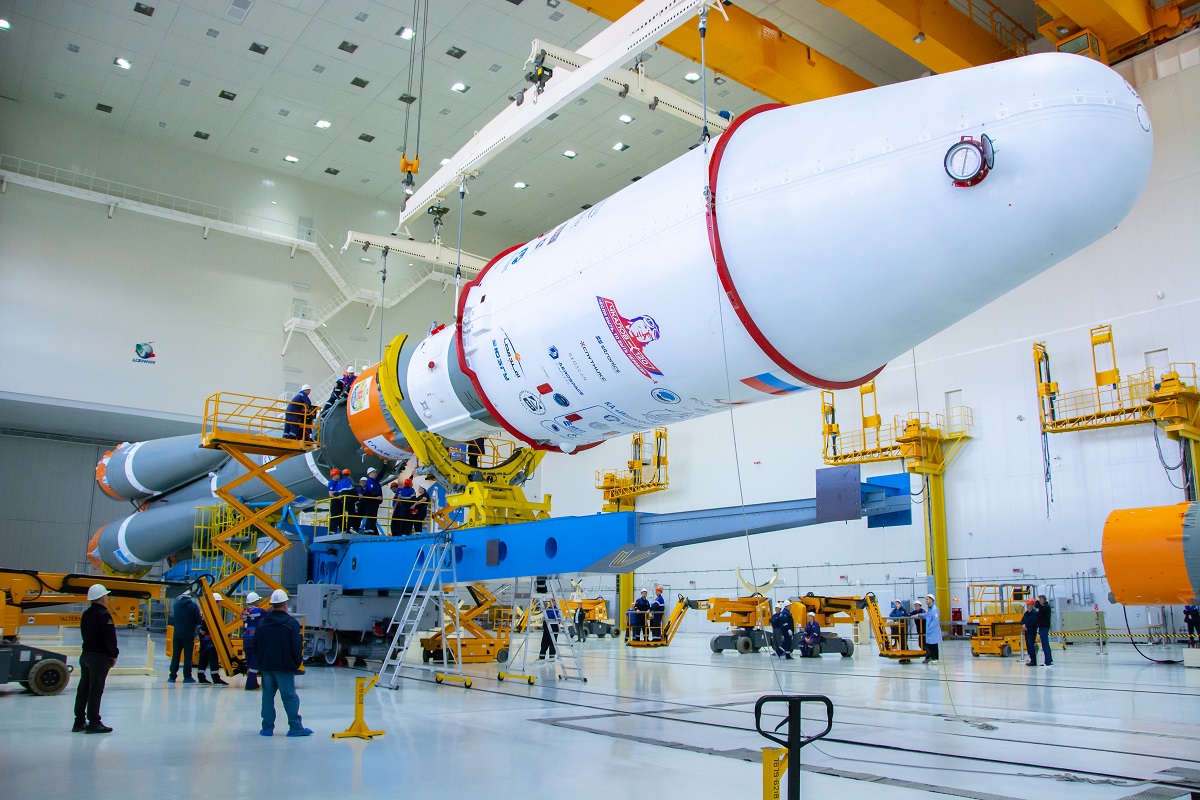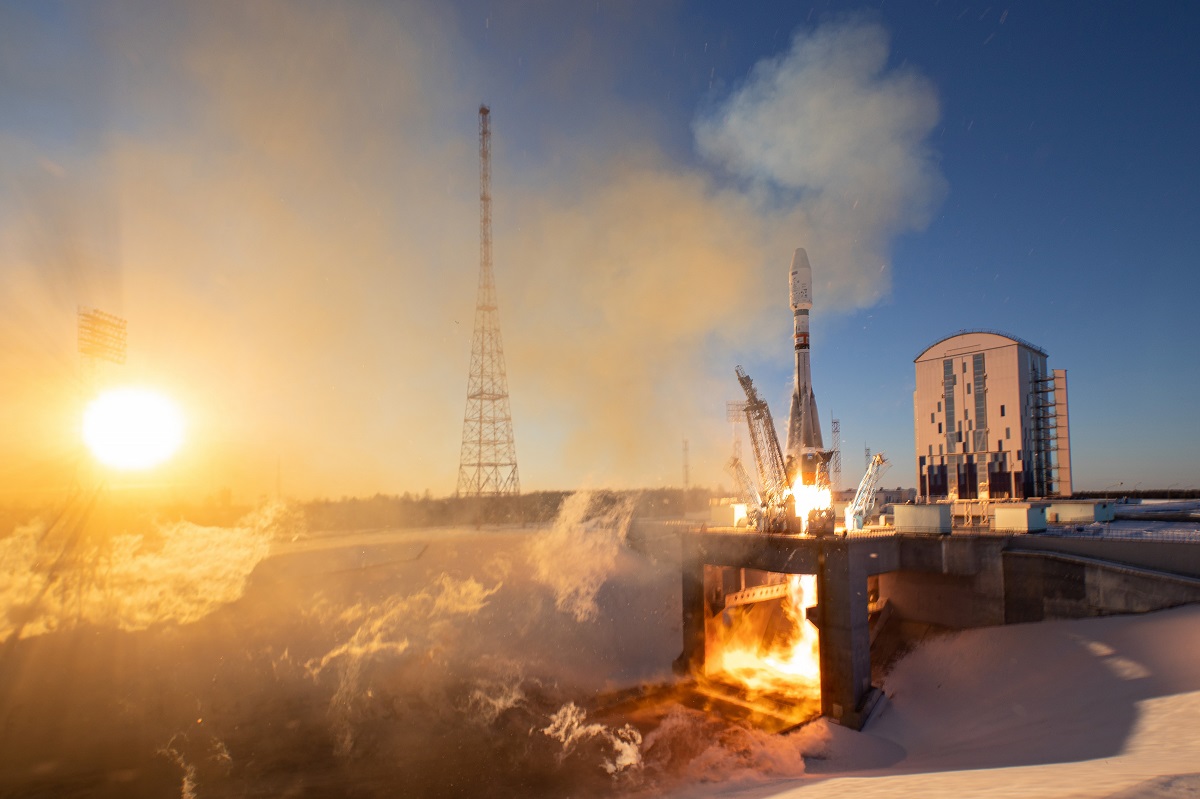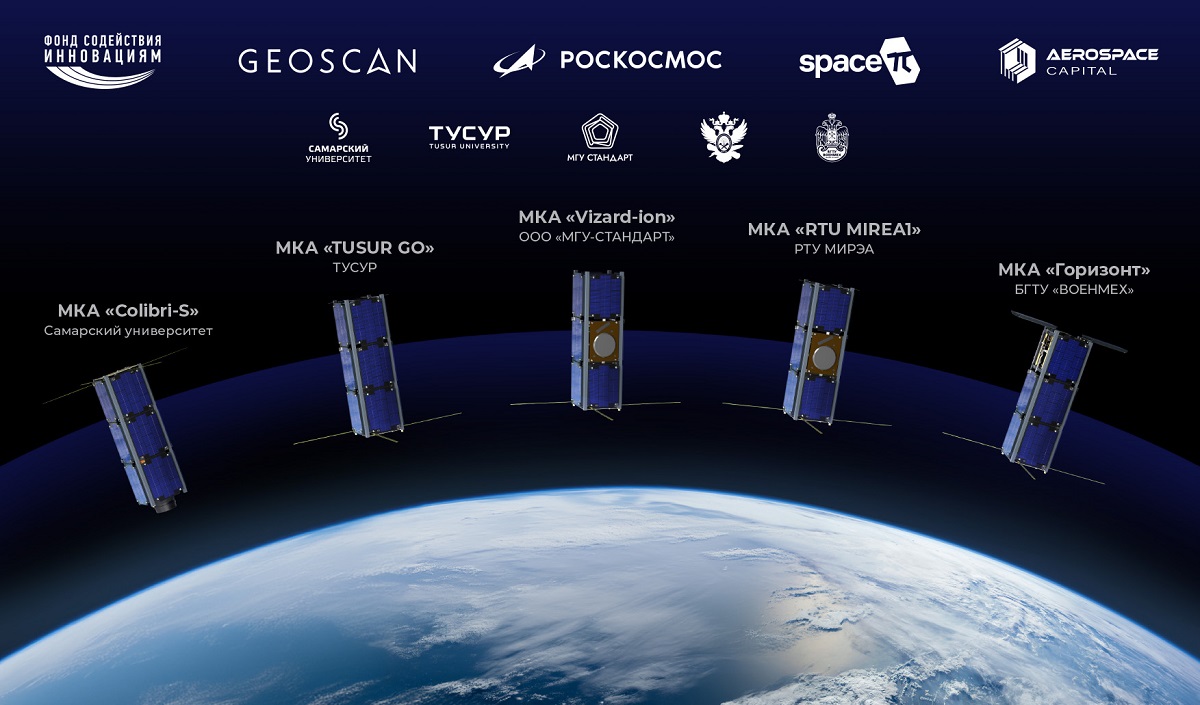During the night of November 5, 53 small satellites, including 16 Space-π cubesats, were launched from Vostochny Cosmodrome along with the Ionosfera-M spacecraft No. 1 and No. 2 and the Fregat upper stage. Among them are five satellites based on the modified Geoscan 3U platform, developed by our specialists for various universities and companies: TUSUR GO, RTU MIREA1, Vizard-ion, Colibri-S, and Horizon. As of now, mission control center have successfully established contact with all of these nanosatellites.
The first signals were received by the SONIKS and SatNOGS open ground stations approximately 6.5 hours after launch, as the Space-π satellites were the last to detach from the upper stage at an altitude of around 500 km, just before it was de-orbited over the Pacific Ocean. The satellite antennas were confirmed to deploy successfully and the transceivers are functioning normally. From then on, the CubeSats were then managed by the Geoscan mission control center, where our specialists conducted two-way communication sessions to ensure that the satellites could receive commands and transmit extended telemetry. A total of five sessions took place: on the evening of November 5, we established contact with the RTU MIREA1 and TUSUR GO satellites, and on the morning and evening of November 6, with Vizard-ion, Colibri-S, and Horizon.
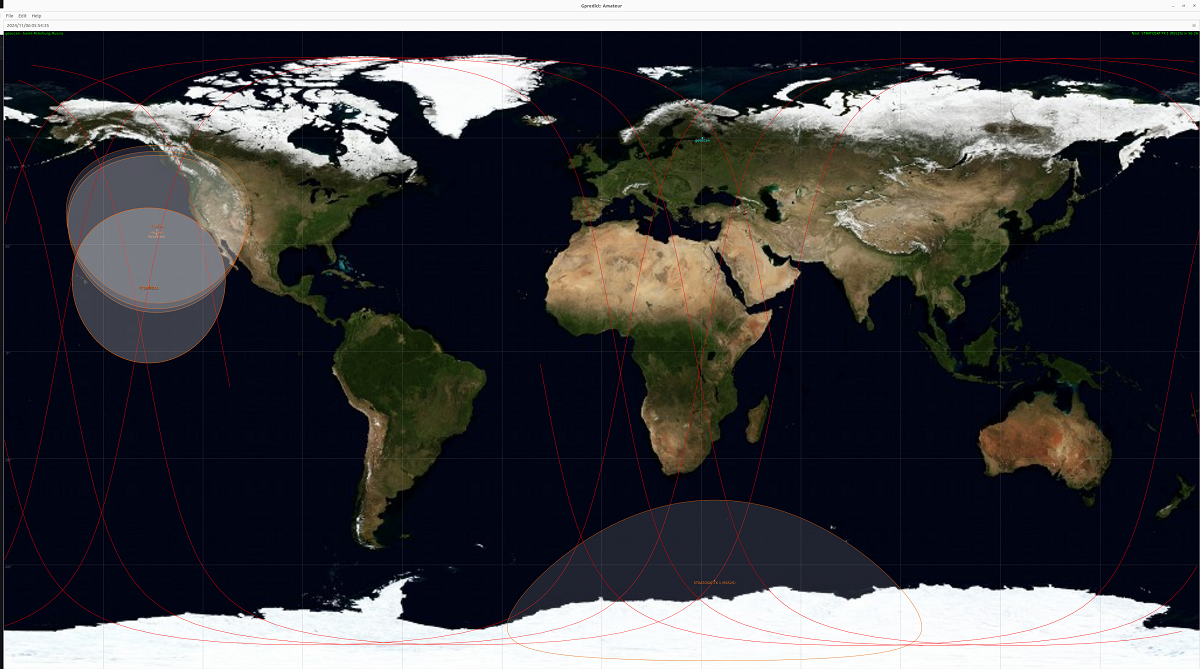
.jpg)
“The very first communication sessions with the satellites were quite brief due to the limited precision of the initial orbital parameters. Nonetheless, we managed to establish two-way communication and request telemetry information. Telemetry data confirmed that the satellites’ primary systems were functioning as expected. Once the first onboard parameters were received, the satellites reported that their antennas had deployed, batteries had charged to nominal voltage levels, power consumption was within acceptable limits, and internal temperatures averaged above +10 °C. We are currently gathering additional telemetry data and preparing the satellites for full operational deployment,” said Egor Meltsov, Geoscan Satellite Operator.
Each satellite has its unique payload and specific mission objectives: Vizard-ion, for instance, is designed for testing the VERA plasma propulsion system and GNSS/GPS signal receiver. Colibri-S, equipped with a hyperspectrometer, is intended for remote Earth observation, while Horizon is designed for experiments developed by students of BSTU “VOENMEH.” Additionally, TUSUR GO and RTU MIREA1 will operate as a pair to explore inter-satellite communication. After testing the onboard cameras, all nanosatellites will transmit color images of Earth in both digital and analog (SSTV) formats for radio amateurs worldwide.
Photo Source: Vostochny Space Center
